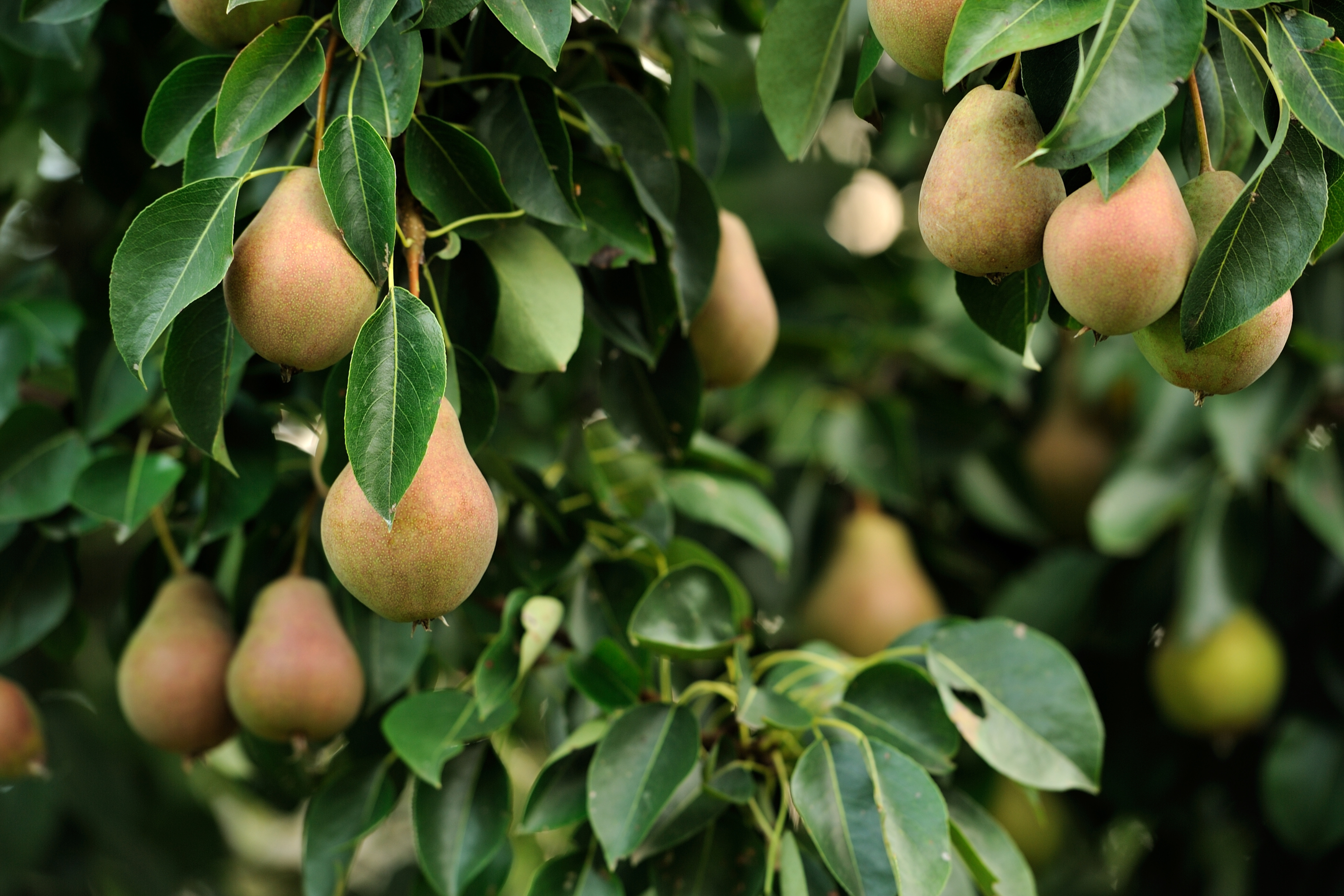
Whole-Farm Revenue Protection: One Policy for the Whole Operation
Managing risk on a farm isn’t just about one crop or one season. Many farmers grow a mix of crops or raise livestock alongside produce, and they need insurance that reflects the full scope of their operation. Whole-Farm Revenue Protection (WFRP) was designed to meet this need.
WFRP is a crop insurance program administered by the USDA’s Risk Management Agency (RMA). Unlike most crop insurance policies that insure individual crops, WFRP provides protection for an entire farm’s revenue. That makes it an especially attractive option for diversified farms, specialty crop growers, and small to mid-sized operations looking for comprehensive, streamlined coverage.
What Is Whole-Farm Revenue Protection?
Whole-Farm Revenue Protection is a federal crop insurance product that protects the expected revenue of your entire farm, rather than just yield or price for a specific crop. It covers revenue from crops, livestock, and nursery products, all under one policy. If your actual income from farming drops below your insured revenue due to unavoidable causes such as weather events, disease, market declines, or natural disasters, WFRP can provide an indemnity payment to help make up the difference.
Who Can Use WFRP?
WFRP is available to most farms in the United States, but it is particularly well suited to producers who grow multiple commodities or operate smaller, diverse farms.
It covers up to $17 million in insured revenue and supports operations including:
-
Farms with specialty crops (like fruits, vegetables, or nuts)
-
Organic operations
-
Farms that sell through direct-to-consumer markets or community-supported agriculture (CSA)
-
Farms raising animals alongside crops
-
New and beginning farmers (with at least 5 years of tax history, or fewer under certain conditions)
How It Works
WFRP coverage is based on your farm’s five-year average revenue, as reported on your Schedule F tax forms. You work with a crop insurance agent to calculate your expected revenue for the coming year, based on your production plans and historical income. Then you choose a coverage level from 50% to 85% of that revenue.
For example, if your farm’s expected revenue is $250,000 and you select 80% coverage, your insured revenue would be $200,000. If your actual revenue at year’s end drops to $150,000 due to weather, market price drops, or disease, you could be eligible for a $50,000 indemnity payment.
What’s Covered?
WFRP covers revenue from almost all farm commodities grown for sale, including:
-
Grains and oilseeds
-
Fruits and vegetables
-
Livestock and animal products (like milk or eggs)
-
Nursery and greenhouse crops
-
Organic crops (at either conventional or organic price elections)
Losses must be caused by unavoidable, natural events or market conditions. Revenue loss due to poor marketing decisions or mismanagement is not covered.
What’s Not Covered?
WFRP does not cover timber, forest products, or animals for sport or pets. Additionally, if you’re only producing one crop, you may be required to purchase individual crop insurance before qualifying for WFRP at higher coverage levels. Operations with a high level of livestock income may have additional limits or paperwork.
Advantages of WFRP
One of the biggest benefits of WFRP is the simplicity of insuring the whole operation under one policy, instead of purchasing multiple individual policies. For diverse farms that don’t fit neatly into commodity-based crop insurance programs, WFRP provides a flexible and holistic approach to risk management.
WFRP is also a great fit for farms that market directly to consumers or grow specialty crops not easily insured under traditional crop programs. It aligns closely with how these farms earn revenue and offers broader protection.
Example in Practice
Tom and Riley run a diversified farm in Oregon, growing berries, vegetables, and herbs, and selling through farmers markets and a CSA. Their five-year average Schedule F income is $185,000, and they expect to make $195,000 this year. They purchase 75% WFRP coverage, insuring $146,250 of their revenue.
A late freeze damages their early-season crops, and drought reduces vegetable yields. At year’s end, their total farm revenue is $120,000—well below their insured level. They receive an indemnity payment of $26,250, helping them stay financially stable despite the tough season.
Final Thoughts
Whole-Farm Revenue Protection is an innovative insurance option designed for the realities of modern, diversified agriculture. It rewards good recordkeeping, supports a wide range of farm businesses, and provides comprehensive revenue protection in a single policy.
Whether you raise livestock, grow heirloom tomatoes, or manage a small organic orchard, WFRP may be the risk management tool that helps you weather the ups and downs of farming with confidence.
To learn more or apply for WFRP, contact a licensed crop insurance agent or visit the USDA Risk Management Agency website at www.rma.usda.gov.
Up next: Understanding Area Risk Protection Insurance (ARPI)
Share


